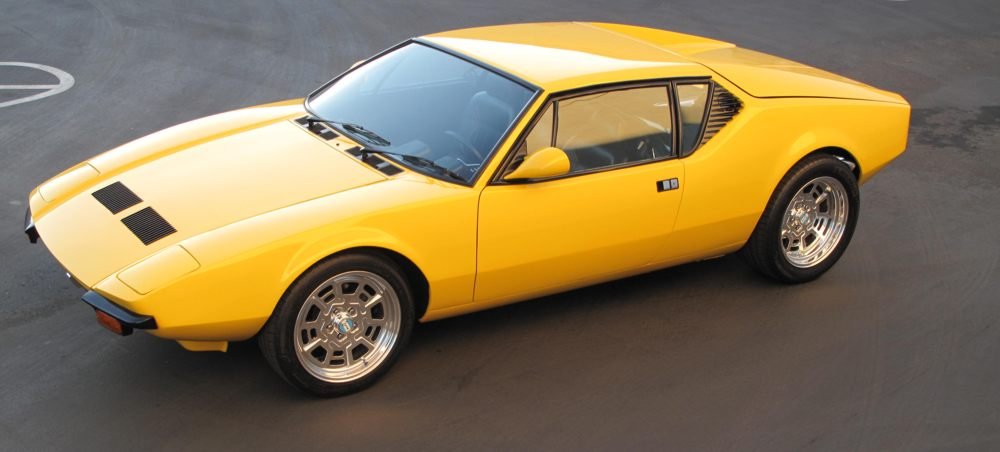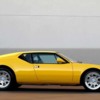quote:
Originally posted by Dave2811:
Shoot during the "golden hour" of light. That is one hour after sunrise, or one hour before sunset. You get very warm light during this time and fewer harsh reflections than full sun.
Ansel Adam always shot at this time. Ansel Adams had a group they called the F64 club. F64 referred to the F-stop which was open about as much as a pin hole. It only let focused light in and exposures were in the minutes.
When the sun begins to set, there is a moment which is often about 15 min where the lighting "pops". Before this period, light is too bright and shadows are too harsh. At this point it is like being in a studio where everything is evenly illuminated.
You also want to keep an eye out for conditions where lighting suddenly becomes good. Dark storms where an object is front lit can be striking. I have also taken images where they are completely in shadows on bright sunny days but the light is far more even which came out very well.
Images where the light is behind the object never come out well.
Another important thing is to get close. Fill the frame with the car. Often I like to widen the angle then move in on the car and fill the frame. Shoot many photos and play with every angel. You will find after shooting 50 shots there is one shot that is a "that's it!".














